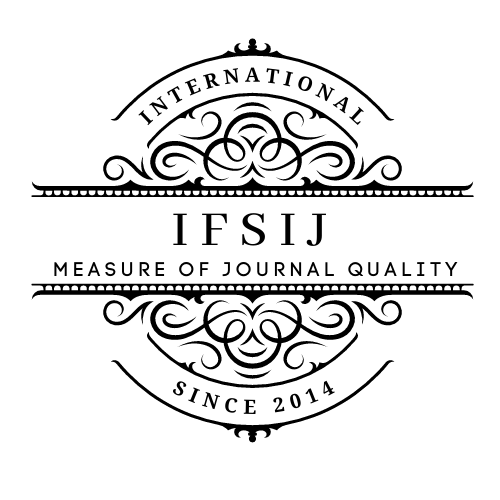ANTHROPOGENIC FACTORS AND THEIR IMPACT ON THE SUSTAINABILITY OF AQUATIC BIORESOURCES
Keywords:
Aquatic bioresources, anthropogenic factors, sustainability, water ecosystems, biodiversity, aquaculture, pollution, environmental impact, conservation, ecological management.Abstract
This article examines the influence of anthropogenic factors on the sustainability of aquatic bioresources in freshwater ecosystems. The rapid pace of industrialization, urbanization, agricultural intensification, and technological development has increasingly disrupted natural aquatic environments. As a result, aquatic organisms, including fish, invertebrates, and aquatic plants, are experiencing significant threats to their survival, reproduction, and ecological functions. Pollution from chemical fertilizers, pesticides, industrial effluents, and household waste contributes to the degradation of water quality and the accumulation of toxic substances in aquatic food chains. Moreover, habitat fragmentation, hydrological modifications such as dam construction and water diversion, and overexploitation of aquatic resources create additional stress on biodiversity and ecosystem resilience. The study emphasizes that the sustainability of aquatic bioresources depends on a balanced interaction between natural ecological processes and human activities. An interdisciplinary approach involving ecology, aquaculture, environmental engineering, and sustainable management practices is essential for addressing the challenges caused by anthropogenic impacts. By identifying major anthropogenic threats and analyzing their long-term consequences, the research highlights the importance of developing adaptive strategies for conservation and sustainable use of aquatic bioresources. These include stricter regulations on industrial discharge, the adoption of eco-friendly agricultural practices, expansion of aquaculture technologies that reduce pressure on natural populations, and the implementation of ecological monitoring systems. The findings presented in this article provide valuable insights for researchers, policymakers, and specialists in aquaculture to mitigate human-induced risks and safeguard the long-term sustainability of aquatic bioresources.
Downloads
Published
Issue
Section
License

This work is licensed under a Creative Commons Attribution-NonCommercial-NoDerivatives 4.0 International License.















